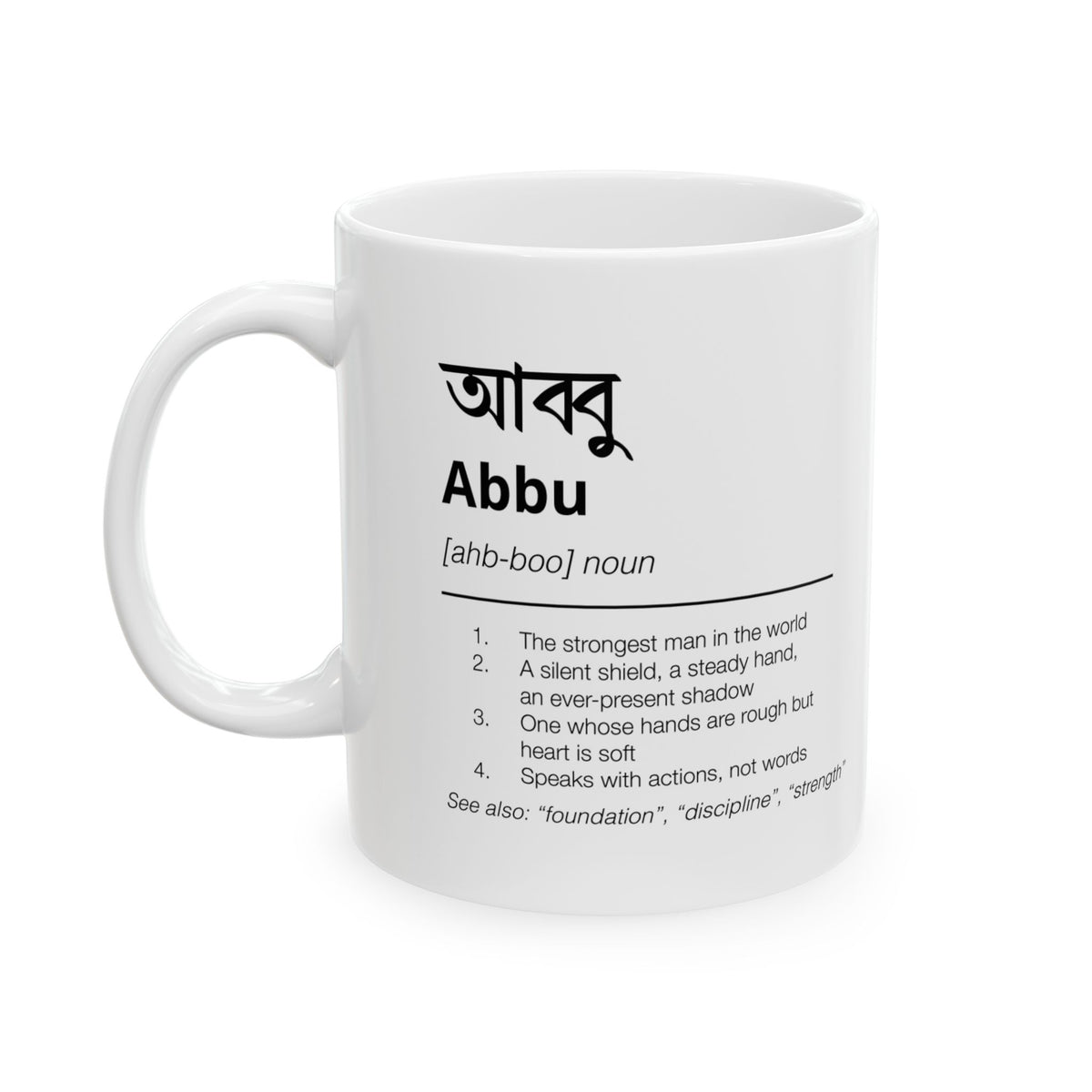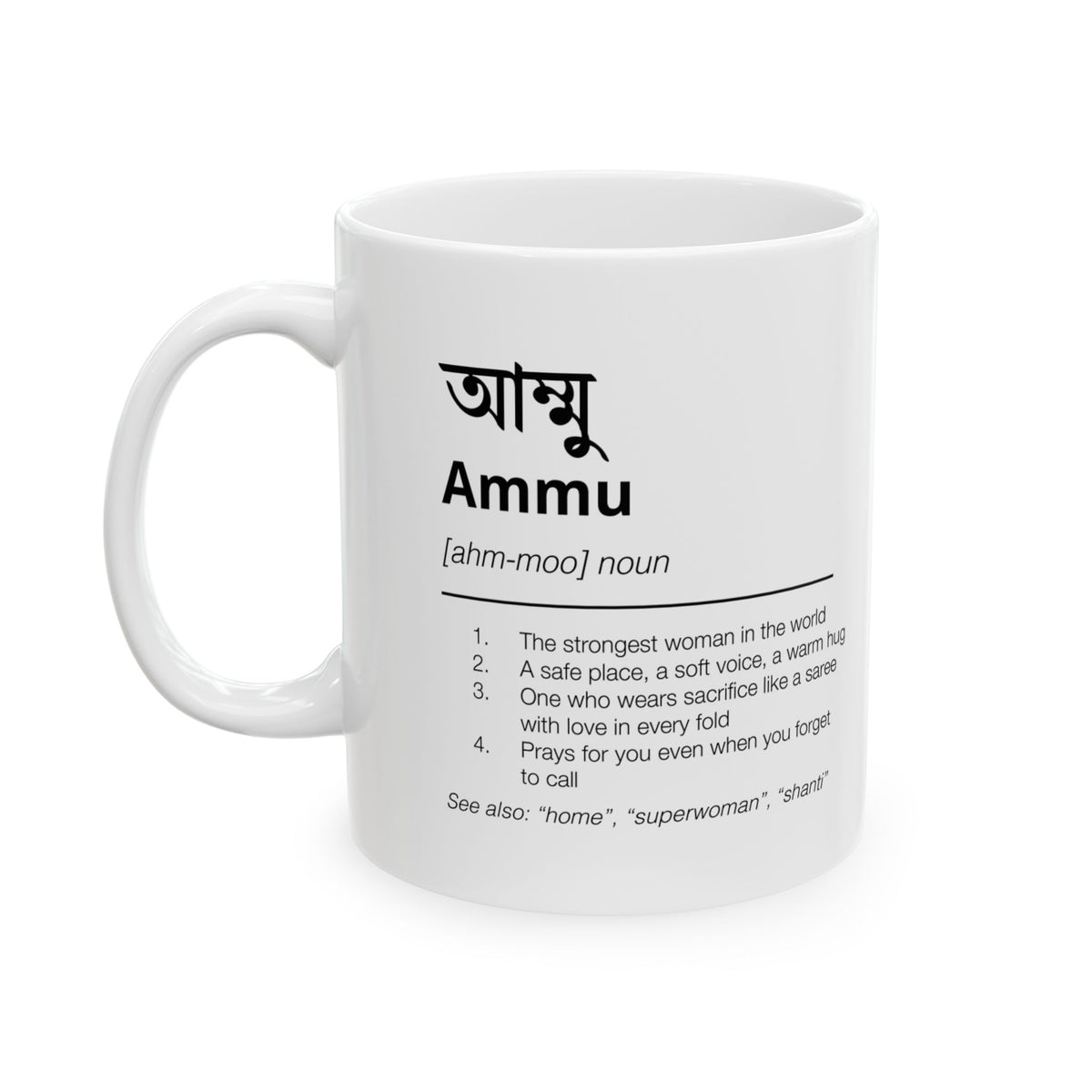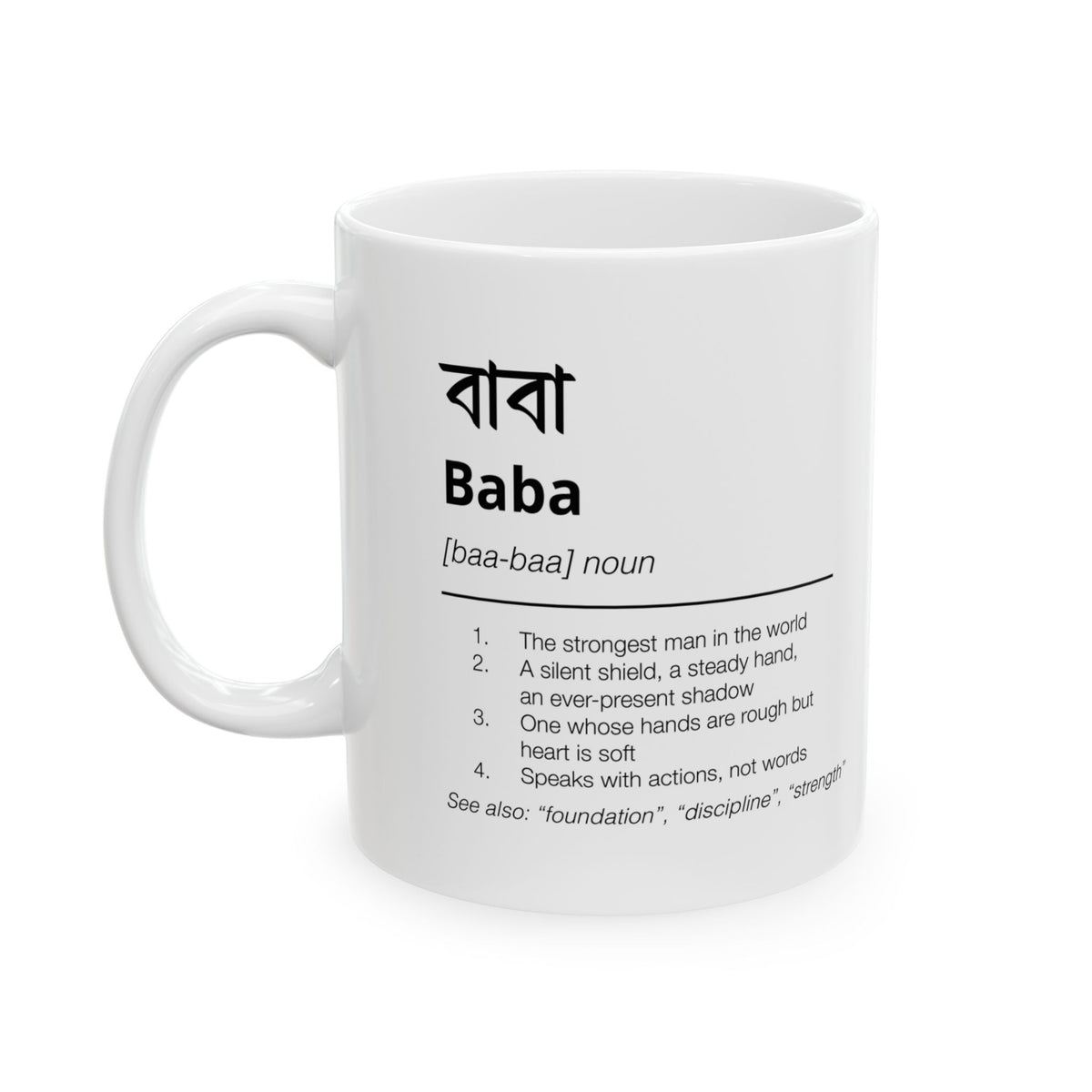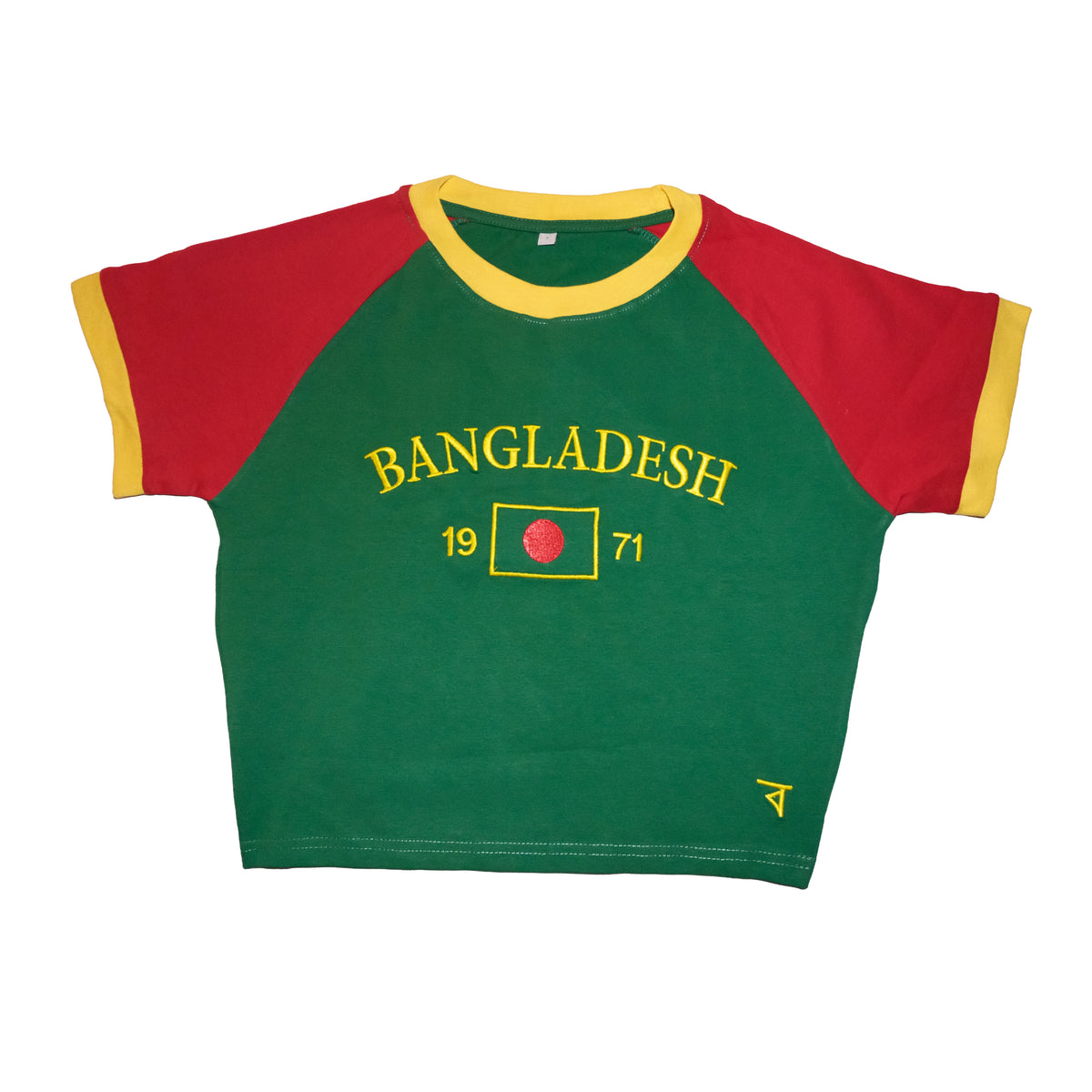by Raisa Rahman
Childhood
Kazi Nazrul Islam was born on May 24th, 1899, in the village of Churulia in present-day West Bengal. He was raised in a Bengali Muslim family where religious devotion played a central role in daily life. His father, Kazi Fakir Ahmed, served as both the imam of the local mosque and the caretaker of a nearby mausoleum. These roles immersed Nazrul in Islamic teachings from an early age and laid the groundwork for his later interest in literature and spiritual themes.
Even as a child, Nazrul stood out from his peers for his creative leanings. His father noticed his early fascination with poetry, a unique trait among children his age [1]. But Nazrul’s youth was abruptly disrupted when his father passed away in 1908. At just nine years old, Nazrul assumed adult responsibilities and became both caretaker and mu'adhdhin of the mosque. His quiet fortitude during this time would come to characterize much of his early life.
The nickname Dukhu Mia, meaning “Sorrow Boy,” was given to him affectionately by his community [2]. It reflected both his personal losses and the broader struggles that shaped his character. Throughout adolescence and into early adulthood, he faced continual hardship, including the deaths of family members, economic instability, and interrupted education. Nazrul worked as a tea-stall attendant, cook, custodian, and teacher to help support his household [3]. These experiences shaped a deeply emotional worldview, which later informed both his writing and political thought.
In pursuit of financial stability and creative fulfillment, Nazrul joined a theatrical group called the Leto troupe, led by his uncle Bazle Karim. Karim was a respected composer fluent in Arabic, Persian, and Urdu [4]. Despite his mother’s disapproval, the troupe became a formative space for Nazrul. He began writing his own poems, songs, and folk plays, revealing a strong engagement with the artistic traditions around him.
Nazrul returned to school at the age of eleven but left again due to persistent financial difficulties. During his time in school, he studied Sanskrit, Bengali, Persian, and Arabic literature, along with Hindustani classical music. One of his key influences was Nibaran Chandra Ghatak, a teacher and political activist affiliated with the Jugantar movement [5]. Ghatak’s ideas helped shape Nazrul’s evolving views on resistance and justice.
Before enlisting in the military, Nazrul continued working in various jobs and artistic circles. He joined a group of folk performers known as the Kaviyals and returned briefly to school, eventually completing his education up to class ten by the age of eighteen.
Career (Beginning) - Becoming a Rebel Poet
At the age of eighteen, in 1917, Kazi Nazrul Islam enlisted in the British Indian Army. Although he did not participate in combat, his enlistment was motivated by a mix of political curiosity and a thirst for adventure [6]. While serving, Nazrul immersed himself in Bengali and Persian poetry. These literary explorations inspired his first published piece, Mukti (“Freedom”), which appeared in 1919.
Nazrul’s artistic influences were both broad and formative. He was drawn to Bengali icons like Rabindranath Tagore and Saratchandra Chattopadhyay, as well as Persian poets such as Rumi, Omar Khayyam, and Hafez. Their works helped him develop a style that combined spiritual reflection with poetic rebellion.
When the Bengali Regiment disbanded in 1920, Nazrul moved to Kolkata (then Calcutta) to pursue writing and journalism full-time. His literary presence rapidly expanded as he published a series of acclaimed works, including Bandhan-hara, Bodhan, Shat-il-Arab, Kheye-parer Tarani, and Badal Prater Sharab. These writings earned him recognition not just for their emotional depth, but also for their bold and unconventional style.
Nazrul became an active participant in Kolkata’s intellectual scene, frequenting social clubs where writers and thinkers gathered. His distinctive approach to poetry, blending Islamic imagery, Hindu mythology, and Western musical rhythms, sparked both admiration and controversy. Many critics preferred the polished literary model set by Tagore, yet Nazrul’s originality could not be ignored.
Tagore himself responded positively to Nazrul’s talent. In 1920, Nazrul surprised audiences with his ability to memorize and perform Tagore’s songs [7]. He also began contributing essays on international political issues affecting India. The poetic quality of his work was widely acknowledged, and Tagore welcomed him as a vibrant new voice in Bengali literature.
Still, not everyone was comfortable with Nazrul’s hybrid style. Modernist poet Buddhadeb Basu remarked that Nazrul’s poetry resembled traditional “puthi” narrative verse, suggesting that it lacked refinement. Despite his reservations, Basu respected Nazrul’s talent and referred to him as a “talented boy” [8].
Nazrul’s personal life also began to intersect with his artistic journey. Through Kolkata’s cultural networks, he met Ali Akbar Khan. Close friends like Muzaffar Ahmed and Pabitra Gangopadhyay expressed concern about Khan’s controlling nature and warned Nazrul that aligning with Khan’s household could hinder his independence [9][10].
Undeterred, Nazrul traveled from Comilla to Daulatpur and stayed with Khan for two and a half months. It was during this time that he met Khan’s niece, Nargis Begum, and expressed interest in marrying her. However, on the evening of the wedding, Nazrul was presented with a contract requiring him to live permanently in Daulatpur with Nargis. This, combined with emotional mistreatment from both Khan and Nargis during his stay, proved deeply troubling.
Unwilling to sacrifice his personal freedom, Nazrul chose to walk away from the marriage ceremony. He later wrote an emotionally raw piece titled Letter to Nargis, where he conveyed the pain of his heartbreak and reassured her that he held no bitterness [11].
This early phase of Nazrul’s career was defined by creative rebellion, emotional struggle, and an unwavering commitment to authenticity. His refusal to conform to literary and societal norms earned him the title of Bengal’s “Rebel Poet,” a role he embraced with both passion and purpose.
Peak
In 1921, Kazi Nazrul Islam released Kamal Pasha [12], a politically charged poem that questioned the relevance of India’s Khilafat movement while praising Turkey’s secular revolution. Nazrul admired Mustafa Kemal Atatürk’s leadership for dismantling feudal structures, separating religion from politics, and advocating for women's liberation. Turkey's modernization offered a compelling example of what Nazrul believed India could become. At the time, this vision included the regions that would later become Bangladesh and Pakistan.
The year 1922 marked a turning point in Nazrul’s career. He published Bidrohi (The Rebel) in the weekly magazine Bijli. Widely considered his most iconic poem, it resonated deeply during the Noncooperation Movement [13] when Indians were actively resisting British colonial rule through peaceful protest. The poem combined intensity, defiance, and a passionate rejection of injustice. Its style broke from tradition, incorporating references from Hinduism, Islam, and Greek mythology. These creative choices pushed Bengali literature in bold new directions. The poem's themes were informed by Nazrul’s memories of World War I and the wider struggle against imperialism [14].
Later that year, at twenty-three, Nazrul launched the bi-weekly Bangla magazine Dhumketu (“The Comet”). It reflected a growing frustration among activists as the Noncooperation Movement failed to deliver meaningful change. Dhumketu became Nazrul’s next move, offering poems, essays, and editorials that openly called for independence. He again turned to myth and religion, using them as symbols of resistance that could unite and inspire the public.
The most provocative issue of Dhumketu was published on September 22, 1922, during the Puja festival. It featured Anondomoyeer Agomone (“The Arrival of the Goddess of Joy”), a poem in which Nazrul invoked Goddess Durga to symbolize anti-colonial power. He depicted British rulers as demonic forces and celebrated freedom fighters like Rani Lakshmibai [15], drawing a clear line between historical resistance and contemporary revolution.
This poem led to Nazrul’s arrest for sedition on January 23, 1923. After being transferred between jails, he experienced harsh conditions and responded by launching a forty-day hunger strike. During his imprisonment, he wrote Rajbandir Jabanbandi (Disposition of a Political Prisoner), a fierce condemnation of imperialism and a declaration of moral resistance.
Rabindranath Tagore took notice of Nazrul’s protest and responded with a gesture of solidarity. He dedicated his musical play Basanta to Nazrul and sent him a telegram urging him to abandon the hunger strike [16]. Despite censorship and confinement, Nazrul continued writing. Songs and poems like Bisher Banshi were circulated in secret, reaching readers even when officially banned.
Nazrul was released in December 1923. His arrest, however, dealt a serious blow to Dhumketu, and the magazine eventually ceased publication. Though brief, its impact was lasting [17]. The magazine stood as a testament to Nazrul’s fierce intellect, emotional depth, and unwavering dedication to confronting injustice through art.
Career Continued: Political & Musical
In October 1923, Kazi Nazrul Islam published Pujarini, a collection of poems centered on themes of love and nature. These works signaled a shift toward more personal expression in his creative life. Around this time, he fell in love with Pramila Devi, a Bengali Hindu woman. They married on April 25, 1924, and their union drew strong criticism from conservative members of both the Brahmo Samaj and Muslim communities, who opposed interfaith marriage.
Nazrul remained deeply engaged in literary activism. In December 1925, he launched Langal, a weekly magazine that focused on workers' rights, socialism, and class struggles [18]. That same year, he helped organize the Sramik Praja Swaraj Dal, a socialist party committed to national independence and serving the working class.
After moving to Krishnanagar with his family in 1926, Nazrul began exploring musical composition more intensively. Drawing from Urdu and Persian poetic traditions, he created Bengali ghazals that combined lyrical elegance with political relevance [19]. He also wrote songs advocating Hindu-Muslim unity and class solidarity. His compositions fused diverse rhythms including Hindustani classical, Carnatic traditions, and Western influences. The musical forms he employed ranged from ghazals and bhajans to thumri and kirtan, illustrating his dedication to cultural synthesism [20].
In 1928, Nazrul began working with His Master’s Voice, a division of the Gramophone Company of India. This partnership allowed his compositions to be recorded and distributed across the country. He trained under Ustad Jamiruddin Khan, a celebrated figure in Hindustani classical music, and succeeded him as chief trainer and composer following Khan’s death in 1932 [21].
Nazrul maintained strong ties with Dhaka University, attending annual conferences that brought together progressive thinkers, teachers, and artists. His participation in these intellectual circles helped consolidate his role as both a cultural and political visionary.
In 1930, Nazrul was arrested for a second time after publishing Pralayshikha ("Flame of Destruction") [22], which was banned by colonial authorities. His case was dropped in 1932 as a result of the Gandhi-Irwin Pact [23], which secured the release of many political prisoners. In 1931, he composed O Mon Romzaner Oi Rozar Sheshe [24], a devotional Islamic song celebrating Eid-ul-Fitr. This work remains widely performed during Ramadan in Bangladesh, symbolizing his enduring influence.
Throughout the early 1930s, Nazrul continued writing both Islamic devotional pieces such as hamds and naats, and Hindu spiritual songs including Shyama Sangeet, bhajans, and kirtans [25]. These compositions often expressed themes of maternal love, sorrow, and emotional struggle. It is believed that the deaths of several of his children deepened his turn toward devotional music as a source of emotional release and healing.
By the mid-1930s, Nazrul expanded his artistic reach into cinema, directing and acting in Bengali films [26] like Dhruva Bhakta and Chowrongi. He also began composing a body of work known as Nazrul Geeti, which encompasses more than 2,000 songs across genres such as romantic, revolutionary, satirical, and devotional music.
In 1933, Nazrul published Modern World Literature, a collection of essays exploring global literary styles and ideas. This marked a noticeable shift in his focus from political resistance to broader intellectual engagement with world literature.
Toward the end of the decade, Nazrul took on the role of music director at the Kolkata Radio Station, where he curated broadcasts of classical and devotional music under programs like Haramani, Mel-Milan, and Navaragamalika. His work in radio reflected his willingness to embrace emerging media platforms, positioning him as one of the first Bengali artists to harness mass communication for cultural influence.
Late Life
In 1939, Nazrul experienced another personal hardship when his wife, Pramila Devi, was paralyzed from the waist down due to a serious illness. In a gesture of unwavering devotion, he mortgaged the royalties from his gramophone recordings and literary publications, raising 400 rupees to fund her treatment [27]. Despite mounting financial challenges, he remained committed to supporting those closest to him.
In 1940, Nazrul returned to journalism, becoming chief editor of Nabajug [28], a daily newspaper founded by Bengali politician A. K. Fazlul Huq. This role allowed Nazrul to reenter public discourse and continue advocating for political and cultural reform during a crucial period in India's history.
A pivotal moment arrived in August 1941 with the death of Rabindranath Tagore. Although it is impossible to definitively link Tagore’s passing with Nazrul’s health decline, the timing was striking. Nazrul had regarded Tagore as both a spiritual guide and an artistic mentor. Losing such a profound figure may have deepened the emotional wounds already caused by the earlier loss of Nazrul’s mother and children. Within months of Tagore’s death, Nazrul began exhibiting symptoms of neurological illness. Some speculated that the condition was tied to political mistreatment, while others attributed it to spiritual causes associated with his unorthodox religious beliefs. Eventually, Nazrul was diagnosed with an incurable neurological disorder.
This deterioration was marked by a gradual loss of speech, increasingly erratic behavior, and deepening financial instability. His silence gave rise to symbolic interpretations, as many saw it as the silencing of a once-powerful voice. The parallel decline of both Nazrul and Tagore was seen by some as emblematic of a fading era of poetic resistance and cultural leadership.
Despite his failing health, Nazrul composed two poignant poems during this time—Rabihara [29] and Salam Osto-Robi [30]—dedicated to Tagore. These works were broadcast on All India Radio and served as heartfelt tributes to the poet whose influence had shaped so much of Nazrul’s career.
In the final years of his life, Nazrul’s condition continued to worsen [31], and rumors circulated regarding the nature of his suffering. Some believed his illness was spiritual punishment for challenging religious boundaries. Others suspected political forces played a role in silencing one of Bengal’s most defiant voices. Regardless of the cause, his silence stood as a powerful metaphor. It represented the vulnerability of even the boldest thinkers and served as a reminder that dissent, once loud and transformative, can be stifled through both illness and institutional neglect.
Sickness & Death
In October 1942, Kazi Nazrul Islam was admitted to Lumbini Park Mental Hospital in Kolkata [32] after showing no signs of improvement in his condition. A decade later, in 1952, he was transferred to a psychiatric hospital in Ranchi where his health continued to decline. Recognizing the severity of his situation, a group of admirers formed the Nazrul Treatment Society [33] and arranged for Nazrul and his wife, Pramila Devi, to seek advanced medical care in London and Vienna.
While in Vienna, renowned neurosurgeon Dr. Hans Hoff diagnosed Nazrul with Pick’s disease, a rare and irreversible neurodegenerative disorder that affects the frontal and temporal lobes of the brain. This condition leads to changes in behavior, personality, and language abilities. To this day, no cure is available.
On June 30, 1962, Pramila Devi passed away, leaving Nazrul in a state of deep emotional isolation while still under intensive medical care. Following her death, Nazrul ceased all creative work and remained under continuous supervision. He died on August 29, 1976 from complications related to Pick’s disease.
To honor his cultural and revolutionary contributions, Bangladesh granted him honorary citizenship. The country observed two days of national mourning, and the Indian Parliament held a moment of silence to commemorate his legacy [36].
Nazrul had expressed a wish to be buried beside the central mosque on the University of Dhaka campus [34]. However, his sons requested that his body be returned to Churulia, his birthplace, to be buried beside Pramila Devi in accordance with her final wish [35]. By the time they reached Dhaka, Nazrul’s funeral rites had already been completed, which led to public controversy and heartfelt grief among his family and admirers.
Nazrul’s final chapter was filled with both reverence and sorrow. His legacy continues to evoke reflection on resilience, artistic courage, and the bittersweet fate that often accompanies those who challenge conventional boundaries.
Legacy & Major Accomplishments
Though widely celebrated as the national poet of Bangladesh since its independence, Kazi Nazrul Islam was formally declared the National Poet in 2024. This official recognition reaffirmed his symbolic role in shaping Bengali identity, cultural pride, and ideals of interfaith harmony.
Nazrul was a groundbreaking musical innovator who engineered sound in ways that were unprecedented for his time. His fusion of Carnatic, Hindustani, and Western rhythms placed him far ahead of contemporary composers and challenged conventional musical boundaries. His unique approach led to the creation of Nazrul Geeti, a genre consisting of over 2,600 songs that blended Hindustani classical music, Bengali folk traditions, Islamic devotional practices, and Hindu spiritual forms. These compositions reflected Nazrul’s belief in artistic pluralism and social unity.
He also introduced Bengali ghazals by adapting the lyrical and emotional depth of Persian and Urdu forms into the Bengali language. This innovation significantly expanded the poetic and musical repertoire of Bengal, setting new standards for lyricism and cross-cultural adaptation.
Nazrul broke further ground as the first Muslim director in Bengali cinema, directing the film Dhruva Bhakta in 1934 [37]. His contributions to interfaith music were equally notable. He composed Islamic devotional songs such as hamds and naats, as well as Hindu pieces including Shyama Sangeet, bhajans, and kirtans, which were often performed side by side. This deliberate pairing promoted spiritual inclusivity and emphasized the common emotional threads shared across religious traditions.
Nazrul’s revolutionary poems and songs played a pivotal role during the Bangladesh Liberation War in 1971. His powerful verses were widely circulated among freedom fighters and civilians, inspiring acts of courage and hope during the nation’s most critical struggle. His poem “Chal, Chal, Chal” ("March Forward") was later adopted as the national marching song of Bangladesh [38], illustrating the enduring influence of his artistic call to action.
Following his death, Nazrul was honored with several major awards in recognition of his vast contributions to literature and music. These included the Padma Bhushan from India in 1960, the Ekushey Padak from Bangladesh in 1976, and the Independence Award in 1977. Each accolade reflects a shared regional reverence for his legacy and the transformative impact of his work.
Nazrul’s life and accomplishments continue to resonate as a testament to creativity, resilience, and a commitment to bridging divides. His artistic journey carved a lasting place in the cultural imagination of South Asia and remains deeply relevant today.
References
Amar Nazrul. (n.d.). Nazrul Geeti and revolution in Bengali music. https://en.amarnazrul.com/nazrul-geeti-and-revolution-in-bengali-music/ [Accessed July 13, 2025]
Azad, Z. (2009, June 3). Footprints of Nazrul in Comilla. The Daily Star. https://archive.thedailystar.net/newDesign/cache/cached-news-details-90953.html [Accessed July 13, 2025]
Bardhan, P. (2014, May 29). Kazi Nazrul Islam: Voice of Bengali Muslims and secular nationhood. Prothom Alo. https://en.prothomalo.com/opinion/Kazi-Nazrul-Islam-Voice-of-Bengali-Muslims-and [Accessed July 13, 2025]
Bengal Muslim Research Institute UK. (n.d.). Kazi Nazrul Islam: A critical overview. https://www.bmri.org.uk/biogs/KAZI-NAZRUL-ISLAM.pdf [Accessed July 13, 2025]
Boloji. (2006, July 30). Kaazi Nazrul Islam: The national poet of Bangladesh – A profile study. https://www.boloji.com/articles/2375/kaazi-nazrul-islam-the-national-poet-of-bangladesh-a-profile-study [Accessed July 13, 2025]
Caravan Magazine. (n.d.). A grave schism: Family feud in Bangladesh. https://caravanmagazine.in/lede/grave-schism-family-feud-bangladesh [Accessed July 13, 2025]
Chatterjee, A. (n.d.). Tagore’s Nazrul connection. The Daily Star. https://www.thedailystar.net/tagores-nazrul-connection-36208 [Accessed July 13, 2025]
Countercurrents. (2025, May). From Churulia to the world: Kazi Nazrul’s legacy of secular humanism. https://countercurrents.org/2025/05/from-churulia-to-the-world-kazi-nazruls-legacy-of-secular-humanism/ [Accessed July 13, 2025]
Cultural India. (n.d.). Kazi Nazrul Islam. https://learn.culturalindia.net/kazi-nazrul-islam.html [Accessed July 13, 2025]
Custers, P. (2009). Kazi Nazrul Islam: Bengal’s prophet of tolerance. International Institute for Asian Studies. https://www.iias.asia/sites/default/files/nwl_article/2019-05/IIAS_NL50_1415.pdf [Accessed July 13, 2025]
Das, S. K. (Trans.). (n.d.). Letter to Nargis. International Centre for Nazrul. https://icnazrul.com/index.php/nazrul-s-life/17-letter-to-nargis [Accessed July 13, 2025]
Dhaka Mirror. (n.d.). Timeless Nazrul songs on Eid & Ramadan. https://dhakamirror.com/timeless-nazrul-songs-on-eid-ramadan/ [Accessed July 13, 2025]
Dhaka Tribune. (2022, August 29). Remembering Kazi Nazrul Islam on his 46th death anniversary. https://www.dhakatribune.com/bangladesh/276076/remembering-kazi-nazrul-islam-on-his-46th-death [Accessed July 13, 2025]
Encyclopaedia Britannica. (n.d.). Bengali literature. https://www.britannica.com/art/Bengali-literature [Accessed July 13, 2025]
Encyclopaedia Britannica. (n.d.). Gandhi-Irwin Pact. https://www.britannica.com/event/Gandhi-Irwin-Pact [Accessed July 13, 2025]
Encyclopaedia Britannica. (n.d.). Lakshmi Bai. https://www.britannica.com/biography/Lakshmi-Bai [Accessed July 13, 2025]
Encyclopaedia Britannica. (n.d.). Noncooperation movement. https://www.britannica.com/event/noncooperation-movement [Accessed July 13, 2025]
Farooq, M. O. (n.d.). Nazrul and Nargis: The marriage story. International Centre for Nazrul. https://www.icnazrul.com/index.php/nazrul-s-life/16-nazrul-and-nargis-the-marriage-story [Accessed July 13, 2025]
Get Bengal. (2021, July 30). Nazrul’s century-old ‘Bidrohi’ remains the voice of protest against injustice. https://www.getbengal.com/details/nazruls-century-old-bidrohi-remains-the-voice-of-protest-against-injustice#google_vignette [Accessed July 13, 2025]
International Centre for Nazrul. (n.d.). A chronology of life. https://www.icnazrul.com/index.php/nazrul-s-life/12-a-chronology-of-life [Accessed July 13, 2025]
International Centre for Nazrul. (n.d.). Kazi Nazrul Islam (1899–1976): A biographical sketch. https://www.icnazrul.com/index.php/nazrul-slife/11-a-biographical-sketch [Accessed July 13, 2025]
International Centre for Nazrul. (n.d.). Nazrul’s illness and treatment. https://www.icnazrul.com/index.php/nazrul-s-life/29-nazrul-s-illness-and-treatment [Accessed July 13, 2025]
Islam, R. (n.d.). Islam, Kazi Nazrul. Banglapedia. https://en.banglapedia.org/index.php?title=Islam,_Kazi_Nazrul [Accessed July 13, 2025]
Jetir.org.. (2024). JETIR2406069. https://www.jetir.org/papers/JETIR2406069.pdf [Accessed July 13, 2025]
Kiddle Encyclopedia. (2025, June 16). Kazi Nazrul Islam facts for kids. https://kids.kiddle.co/Kazi_Nazrul_Islam [Accessed July 13, 2025]
Khan, M. M. (n.d.). Jugantar Party. Banglapedia. https://en.banglapedia.org/index.php/Jugantar_Party [Accessed July 13, 2025]
LiquiSearch. (n.d.). Kazi Nazrul Islam: Later life and illness. https://www.liquisearch.com/kazi_nazrul_islam/later_life_and_illness [Accessed July 13, 2025]
Nawaz, A. (n.d.). Dhumketu. Banglapedia. https://en.banglapedia.org/index.php/Dhumketu [Accessed July 13, 2025]
Nazrul Geeti. (n.d.). Nazrul Geeti. https://nazrulgeeti.org/ [Accessed July 13, 2025]
New Age Bangladesh. (2023, September). ‘Ay Dukhu Ay’ portrays childhood of Nazrul. https://www.newagebd.net/article/211077/ay-dukhu-ay-portrays-childhood-of-nazrul [Accessed July 13, 2025]
Qayyum, M. A. (n.d.). Langal. Banglapedia. https://en.banglapedia.org/index.php/Langal [Accessed July 13, 2025]
Sadhu, S. (n.d.). A poetic elegy: Rabihara – Kazi Nazrul’s ode to Tagore. Learning & Creativity. https://learningandcreativity.com/a-poetic-elegy-rabihara-kazi-nazrul-ode-to-tagore/ [Accessed July 13, 2025]
The Daily Star. (2022, June 25). Nazrul film: Lesser-known facts about our national poet. https://www.thedailystar.net/entertainment/tv-film/news/nazrul-film-lesser-known-facts-about-our-national-poet-3031681 [Accessed July 13, 2025]



